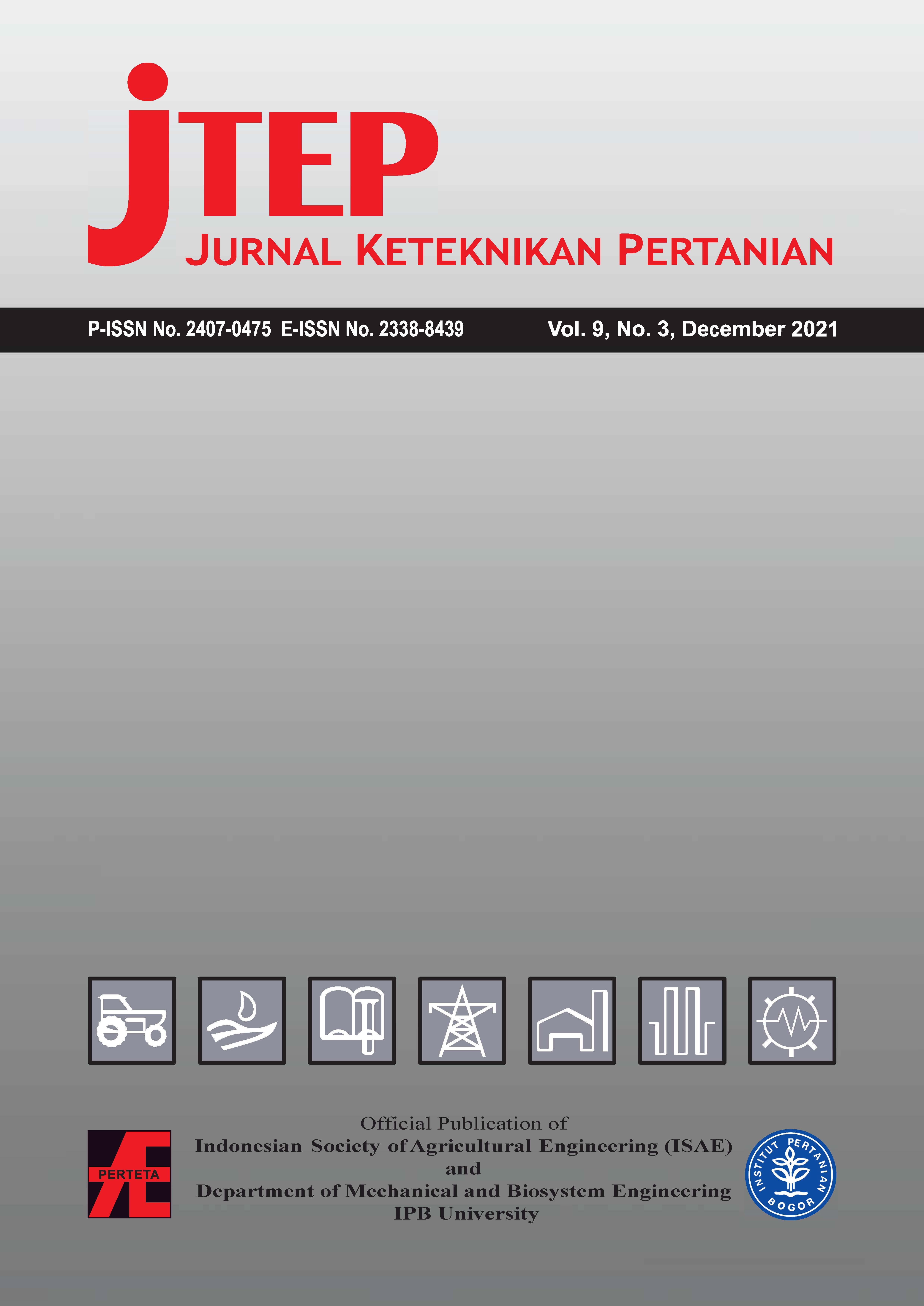Rapid Assessment of Fresh Beef Spoilage Using Portable Near-Infrared Spectroscopy
Abstract
The objective of this study was to develop a prediction model to assess fresh beef spoilage directly with the use of a portable near-infrared spectroscopy (NIRS), without conducting a chemical method. Three fresh beef samples were bought from a slaughterhouse and traditional market on separate days. Spectra were acquired using a portable Scio spectrometer with wavelength 740-1070 nm, and two-third was used for calibration sets and one-third for validation sets. Partial least square regression and cross-validation were used to develop a model and equation for predicting beef spoilage. The changes observed were changed in color, water loss, and muscle hardness. The best predictive model was obtained from the original spectra (no pre-process) results as follows (R2C = 0.9, Rp = 0.86, SEC = 0.61, SEP = 0.69 and RPD = 3.53). Multiple Scattered Correlation (MSC) pre-processing method gave a good and acceptable model with results as follows; Rc = 0.89, SEC = 0.66, SEP = 0.83 and RPD = 2.91. NIRS showed variability of the samples and rate of spoilage, hence, can be used to assess quality and safety. Further studies are needed to develop a robust model to predict fresh beef spoilage using a portable NIRS Scio.
Authors

This work is licensed under a Creative Commons Attribution 4.0 International License.
Authors submitting manuscripts should understand and agree that copyright of manuscripts of the article shall be assigned/transferred to Jurnal Keteknikan Pertanian. This work is licensed under a Creative Commons Attribution-ShareAlike 4.0 International License (CC BY-SA) where Authors and Readers can copy and redistribute the material in any medium or format, as well as remix, transform, and build upon the material for any purpose, but they must give appropriate credit (cite to the article or content), provide a link to the license, and indicate if changes were made. If you remix, transform, or build upon the material, you must distribute your contributions under the same license as the original.

